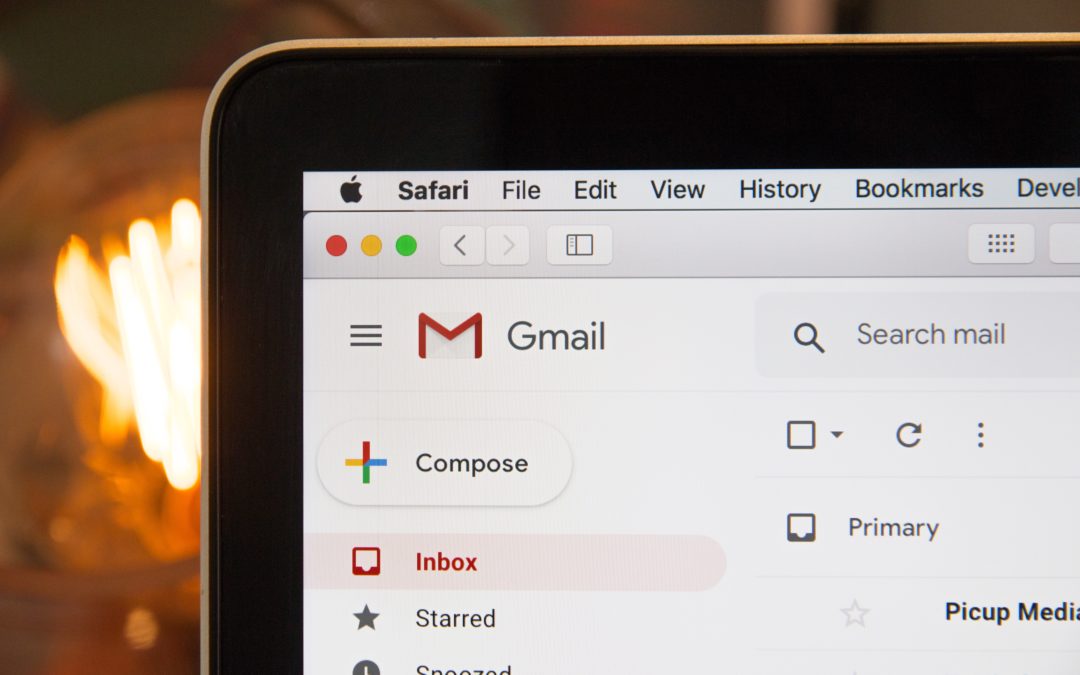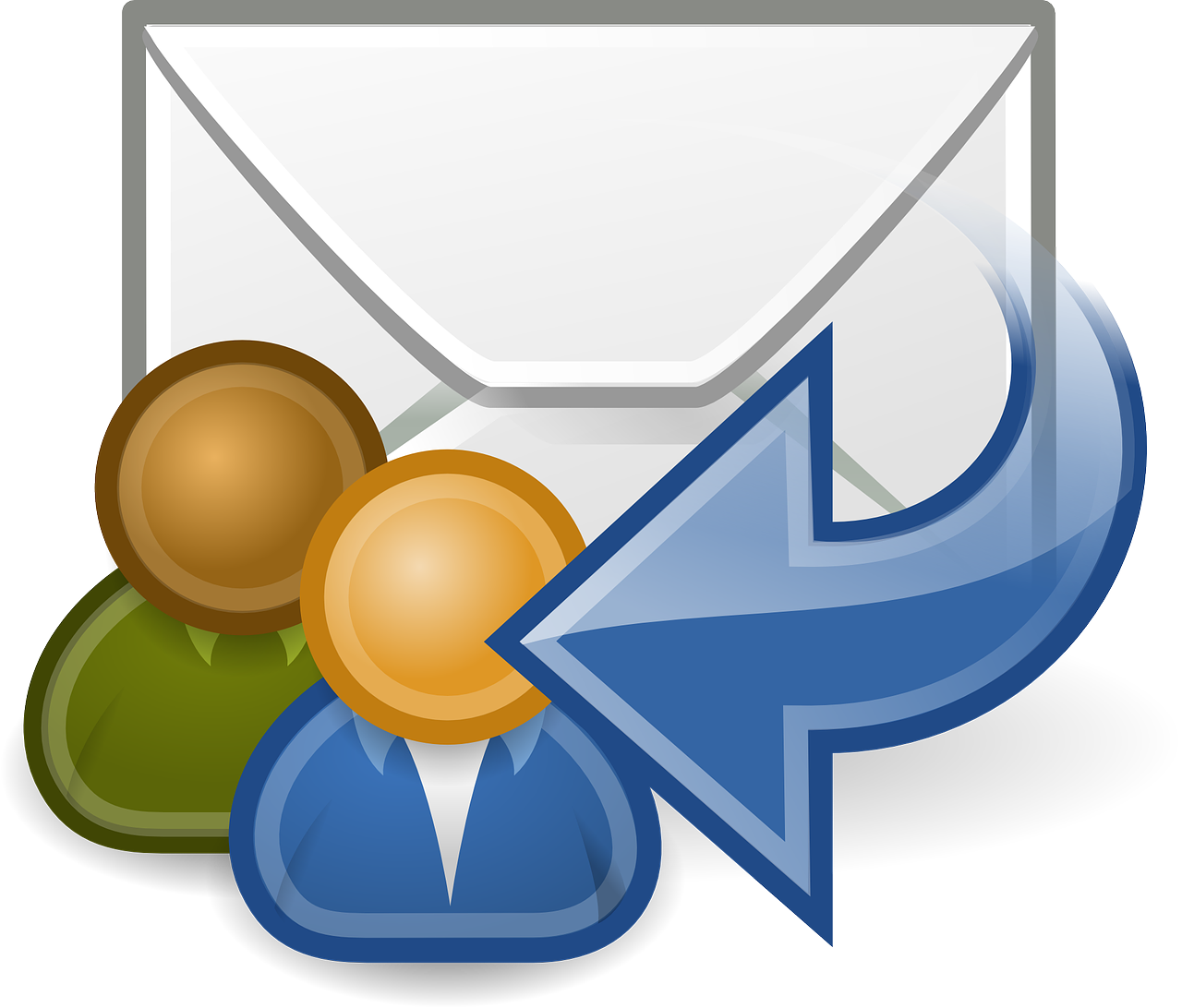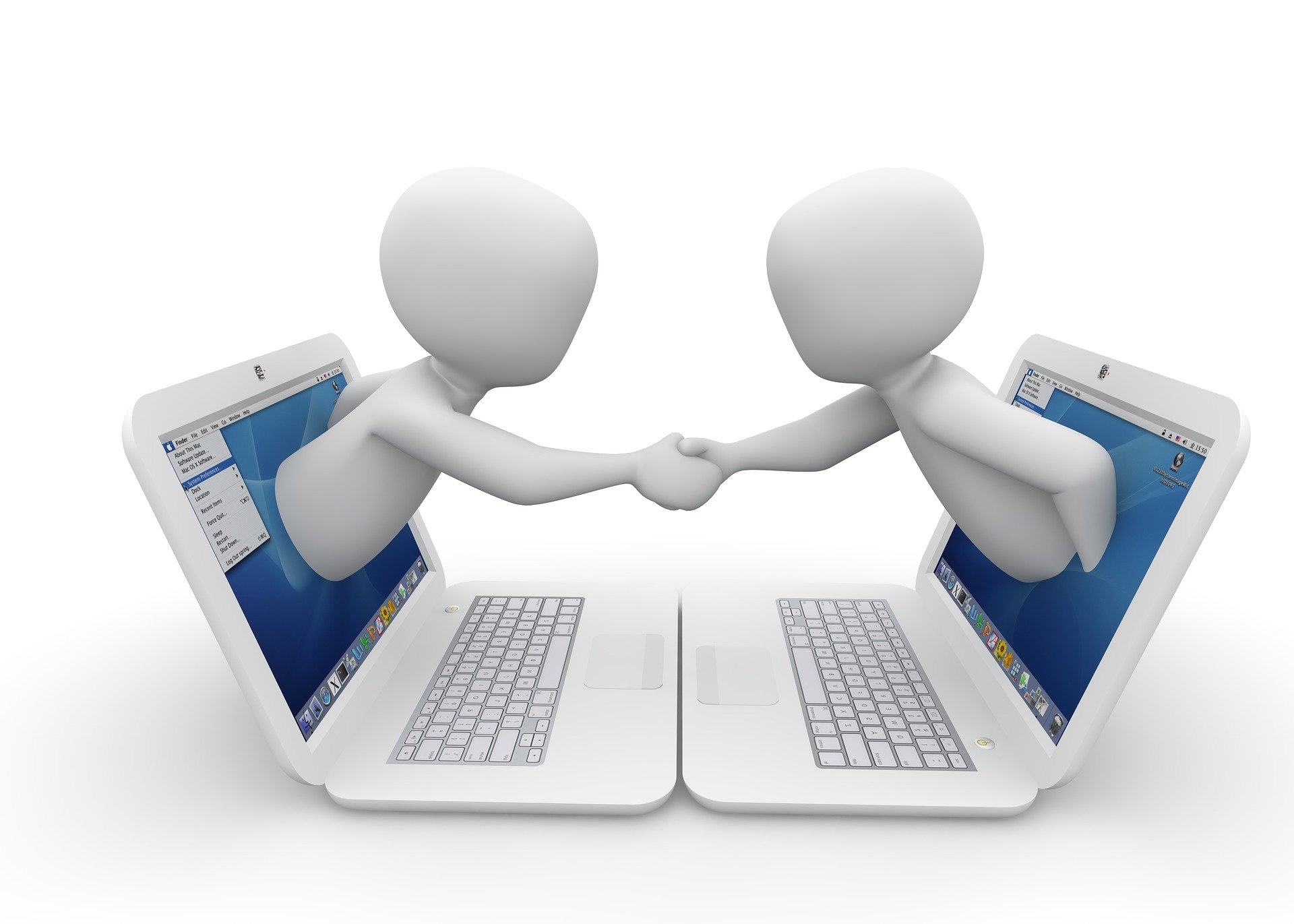Email 101: Email Etiquette Rules For Every Professional Ever
If you’re like most of the busy business people we know, a good chunk of your day is spent in your inbox. Many of us are glued to our reply buttons, don’t know when to say no, and haven’t determined a proper timeline when it comes to email responses. We allow email after email to interrupt tasks that could really use our full attention and continue feeding into the chaos.
On the flip side, we all have those people in our lives (or our workplaces) who we’re not even sure know what the reply button is. If we had to guess, we’d say they’re the same people who have over 100 unopened text messages on their cell phones too. *Head smack*
Whichever way it is for you, we’ve all got to get out of the email rut. Because email is such a crucial part of our everyday communication with other professionals, it’s about time we get this email thing right!
Email For Business Communication
In the workplace, email is one of (if not the most) common form of communication. It’s quick, it’s easy, it should be a simple way to get the answers to all questions, and vice versa.
Think about how long it would take to physically gather eight people for an in-person meeting about something that could simply be discussed over an email chain. Or about the time wasted making individual phone calls to multiple people about the same thing.
Having email at the core of many business communication plans is a godsend.
- We’re able to send out mass messages to multiple people and keep a conversation together.
- Email is a paperless way to keep records of conversations.
- Hopping on a phone call might be easier, but what happens if they don’t answer? No phone tag happening here!
- And you can let someone know exactly what an email is about before they open it. (Good subject lines matter!)
The problem lies in that not everyone we communicate with is up to speed on email etiquette rules (maybe even including you if you don’t check off all of the boxes below). Let’s make everyone’s lives a little easier, let’s do email the right way. Here’s how.
Are You Following These Email Etiquette Rules?
The Timing of Email Responses
Not every email in your inbox requires a within-the-hour reply, but some definitely deserve a quick response. It’s crucial to know the difference between the two so you’re not distracting yourself with speedy responses that aren’t necessary or rubbing some people the wrong way because they’re waiting too long for a response.
A good rule of thumb here is that the faster your response, the shorter your message should be. This means that if something deserves a good amount of thought, don’t shoot a half-assed answer back–it’ll come off as being focused on quick responses instead of genuine attention. But if you’re realistically able to respond right then and there, then do so.
Reply All
Do you hit ‘Reply All’ and continue sending a one-line message to 20 people who don’t really need to be part of the conversation? Or do you forgo the long list of recipients and abstain from annoying every single of them? It depends on the situation.
If everyone needs to be part of the conversation, don’t leave them out. It will only cause more confusion and frustration down the line if some people know what’s going on while others are out of the loop. But if it’s simply not necessary to clog another person’s inbox with messages that aren’t relevant to them, then think twice before hitting ‘Reply All’.
Hey, Hello, Salutations!
While some brands might be able to get away with a “Hey folks!” introduction, others have to stick with more professional salutations like “Greetings” or just a “Hello”. The way you start out an email is really dependent on the way your brand speaks (your tone) and the relationship you have with the email recipient.
Let’s say you’re a brand like Bareknuckle who often begins emails with a “Howdy!” This fits the tone and voice of our brand and is appropriate for our overall messaging. Now let’s say you’re a corporate lawyer who is emailing a potential client for the first time. A “Hello [Enter Name Here]” might be a bit more suitable for the situation.
Proofread Your Messages
Spending hours a day in your inbox trying to get replies out in a rush is certain to lead to mistakes at one point or another. Make sure you’re not making them often. Don’t rely on spell check to do the work for you, and never make an excuse that a quick response makes up for errors within your message. Reread before you send, always!
Here’s a good example to get the point across. Barbara Pachter, speaker, author, and coach at Pachter and Associates told Business Insider that once a supervisor intended to write “Sorry for the inconvenience” in a professional email. Instead he wrote, “Sorry for the incontinence.” Now that’s what we call an accident!
Watch Your Tone
The wrong tone can come off unintentionally in written form depending on how you write or how the recipient reads your message. Be very careful about your tone and humor when writing an email and put yourself in your recipient’s shoes before pressing send.
Remember that a lot of times humor and tone gets lost in translation. And sometimes the other person might not find what you find to be funny. As a general rule, leave humor or snark (even if it’s intention is to make someone laugh) out of professional, written communication. It’s fine to give your emails character, but try to keep them as simple as possible. And when in doubt, leave the giggles for your in-person office-mates.
Nothing Is Confidential, Write With Caution
Email chains are basically an informal contract, so be careful what you type. Because every written message leaves a trail and can be traced, be sure you’re only saying what you really intend to promise and never write anything you wouldn’t want the entire world to see.
If you have a gut-wrenching feeling that an email could (even in a million years) come back and bite you in the butt, don’t send it.
Attachments and Links
Attachment after attachment, unless absolutely necessary, isn’t what anyone wants to see in their inbox. Picture this: you open two attachments from an email you just received. One of the attachments has a 4-word sentence in it and the other is a Word Doc with a single screenshot of a webpage. Both of these things could have easily been incorporated in the body of the email and attachments could have been avoided. If an attachment is full of information that can go in the email itself, then don’t attach it.
Another thing to keep in mind is compatibility and access hurdles. Make sure whatever you’re sending is compatible with your sender, and grant access to any attachments before sending, if needed.
Address Everything and Answer All Questions
Have you ever gotten five emails in response to your one? Or how about when you send an email filled with important questions you need answers to and the only thing you get in return is a response to question #1?
When you respond to an email, be sure to read it entirely and address everything that needs addressing. Ignoring something or leaving out pieces for a later date will only waste time later on and increase the length of an email chain. And when sending out an email, double-check that you’ve included everything you want to say before hitting send. Nobody wants another email 1-minute later starting with the line “Oops, I forgot to mention …”
We’ll Email You Back
Communication is a central piece of successful business, no matter what industry, state, or planet you’re in/on. And at the core of many communication plans is email. Learn to do it right—it’ll make everything a bit smoother.
Is your overall brand communication on-point or are you losing out on opportunities because your email etiquette or communication plan is lacking professionalism and strategy?
Email us, we’ll email you back. Let’s get to talking about how a well-thought-out communication strategy (with email included) can help your brand climb to the top. Buy Us a Beer and let’s kick things off!




Recent Comments